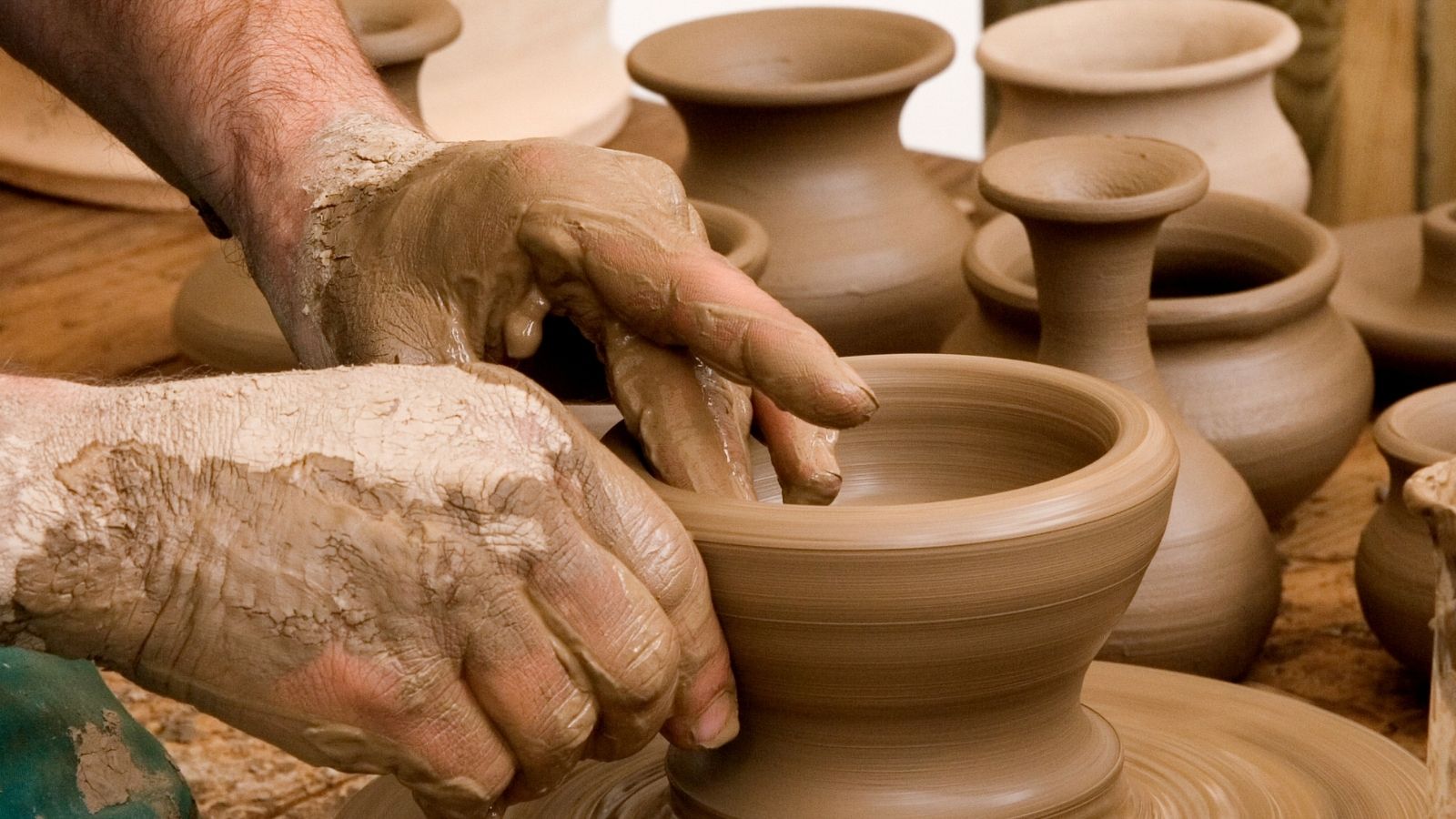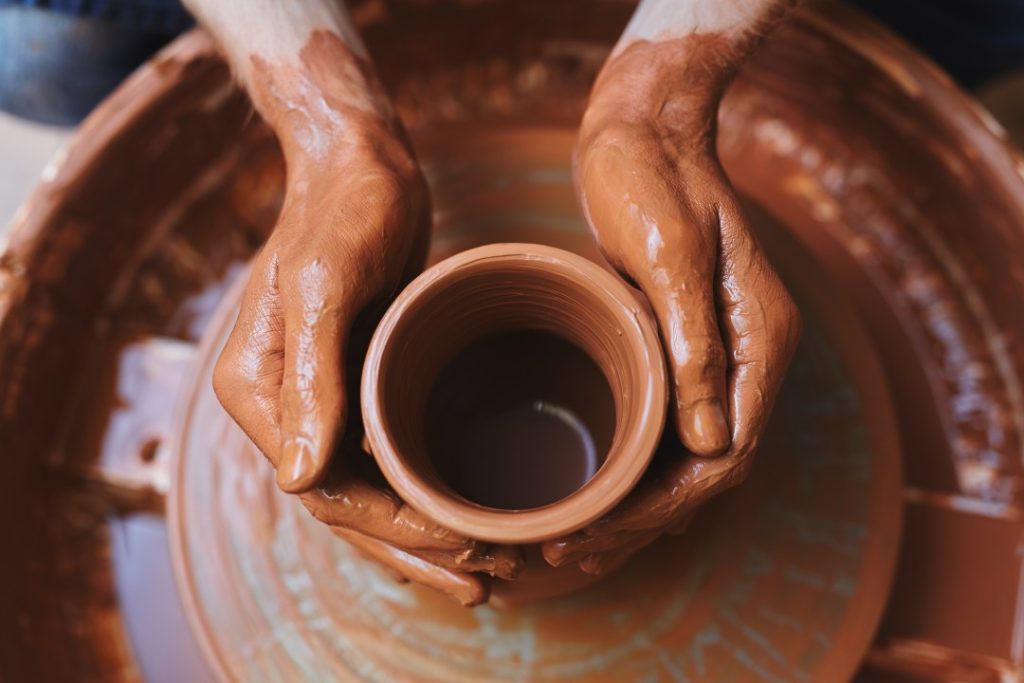Pottery, a timeless craft that has been shaping civilizations for millennia, holds a profound significance in human history. From ancient amphorae to modern ceramic masterpieces, pottery reflects the ingenuity, creativity, and cultural heritage of societies across the globe. In this detailed guide, we delve deep into the enchanting realm of pottery, exploring its techniques, history, and the joy of creating. Let’s embark on a journey through the clay-filled landscapes of imagination and creation.
Introduction: Embracing the Clay
Welcome to the mesmerizing world of pottery, where hands transform humble clay into exquisite works of art. Whether you’re a seasoned artisan or a curious beginner, pottery offers a rewarding experience that blends craftsmanship with self-expression. In this article, we’ll uncover the secrets of pottery, from its ancient origins to modern-day practices. Get ready to mold, shape, and fire your imagination as we dive into the rich tapestry of pottery.
Exploring Pottery Techniques

Clay Preparation: From Earth to Art
Pottery begins with clay, the fundamental building block of this ancient craft. Discover the art of clay preparation, from sourcing the finest materials to kneading and wedging to achieve the perfect consistency. Learn how different types of clay lend unique properties to your creations, whether you’re sculpting delicate porcelain or rustic stoneware.
Handbuilding: Crafting with Care
Master the art of hand-building, a versatile technique that allows artisans to sculpt forms using their hands and simple tools. Explore hand-building methods such as pinch pottery, coil construction, and slab building, each offering endless possibilities for creative expression. From functional pottery pieces to sculptural delights, hand-building unlocks a world of artistic potential.
Wheel Throwing: Spinning Magic
Step onto the potter’s wheel and experience the mesmerizing dance of clay under skilled hands. Wheel throwing, also known as throwing on the wheel, is a dynamic pottery technique that involves shaping clay on a rotating wheelhead. Explore the nuances of centering, pulling, and shaping as you create elegant vessels, bowls, and cups with precision and grace.
Glazing: Adding the Finishing Touch
Enter the realm of glazing, where colors, textures, and finishes transform raw clay into vibrant works of art. Discover the alchemy of glaze chemistry as you explore different glaze recipes, application techniques, and firing methods. From subtle hues to bold patterns, glazing offers endless opportunities to embellish and enhance your pottery creations.
Unraveling Pottery History
Ancient Origins: From Clay to Civilization
Journey back in time to the dawn of pottery civilization, where ancient artisans shaped clay into vessels of utility and beauty. Explore archaeological discoveries from Mesopotamia, Egypt, and China, revealing the cultural significance of pottery in daily life and ritual practices. From humble earthenware to exquisite porcelain, pottery has left an indelible mark on human history.
Medieval Mastery: The Potter’s Guilds
Enter the medieval world of pottery guilds, where skilled artisans honed their craft within tight-knit communities of practice. Discover the techniques and traditions passed down through generations as potters perfected their skills in workshops and ateliers. From medieval majolica to Islamic lusterware, pottery flourished as both an art form and a trade during this dynamic period.
Renaissance Revival: Artistic Renaissance
Experience the artistic renaissance of pottery during the Renaissance period, where master potters elevated the craft to new heights of innovation and refinement. Explore the exquisite majolica of Renaissance Italy, the blue-and-white porcelain of Ming China, and the intricately decorated faience of Ottoman Turkey. As pottery became a symbol of status and sophistication, artisans pushed the boundaries of creativity and craftsmanship.
Getting Started with Pottery
Setting Up Your Studio: A Creative Sanctuary
Create your pottery sanctuary with essential tools, materials, and workspace considerations. Whether you’re carving out a corner in your home or designing a dedicated studio, discover practical tips for organizing your space and optimizing your workflow. From pottery wheels to kilns, equip yourself with the tools of the trade and unleash your creative potential.
Basic Techniques for Beginners: Learning the Fundamentals
Embark on your pottery journey with foundational techniques designed for beginners. Learn the art of wedging, centering, and pulling as you familiarize yourself with the potter’s wheel. Practice handbuilding methods such as coiling and slab construction, honing your skills through experimentation and practice. With patience and perseverance, you’ll soon master the basics and unlock a world of creative possibilities.
Exploring Advanced Concepts: Pushing the Boundaries
Challenge yourself with advanced pottery concepts that push the boundaries of technique and creativity. Dive into topics such as alternative firing methods, surface decoration techniques, and conceptual approaches to pottery. Experiment with texture, form, and glaze as you elevate your craft to new heights of artistic expression. With dedication and innovation, the possibilities are limitless in the world of advanced pottery.
Frequently Asked Questions (FAQs)
Conclusion: Embracing the Artistic Journey
In conclusion, pottery is more than just a craft—it’s a journey of self-discovery, creativity, and connection to our shared human heritage. Whether you’re shaping clay into functional vessels or sculpting abstract forms, pottery offers a unique opportunity to engage with the tactile and transformative power of art. So roll up your sleeves, embrace the clay, and let your imagination take flight in the timeless world of pottery.

